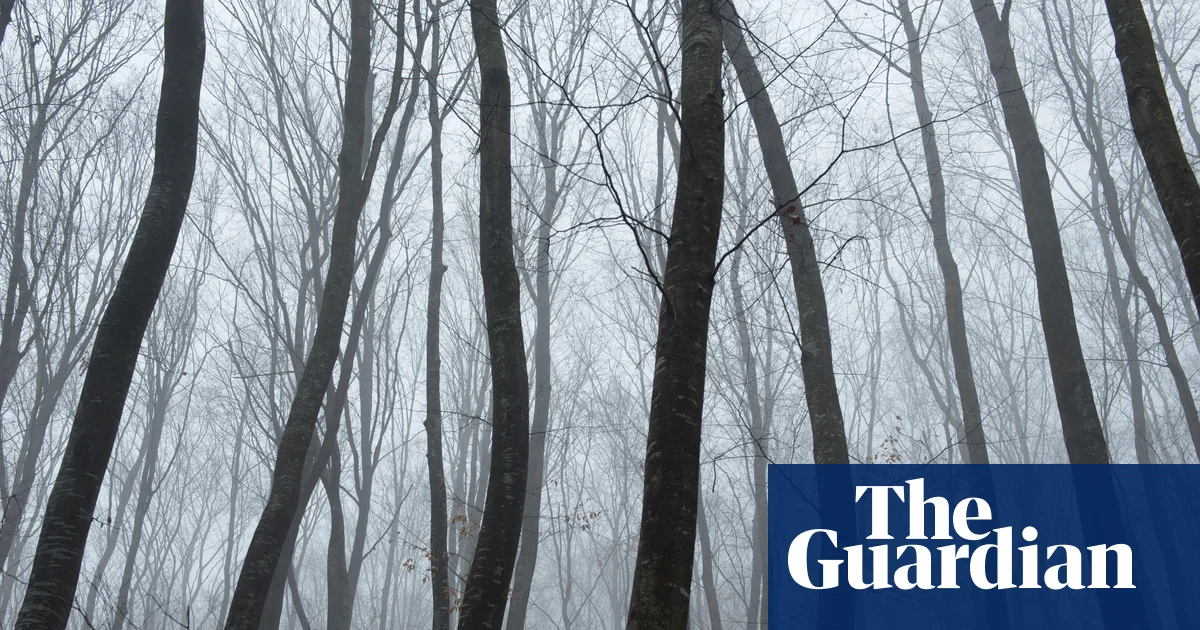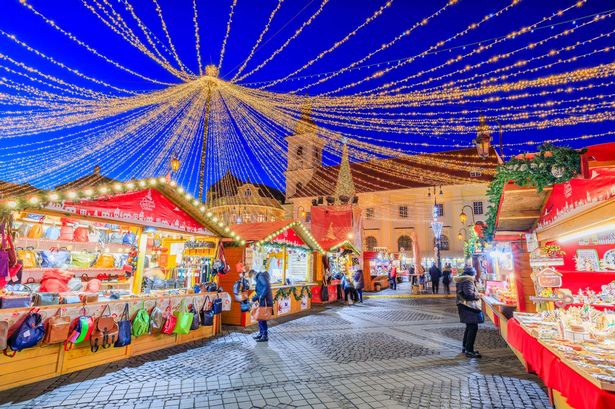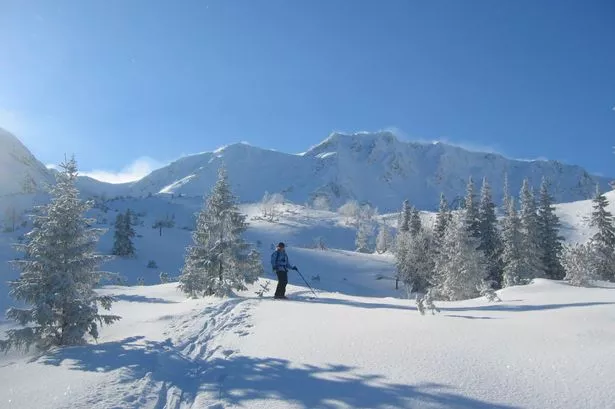If you’re looking for a budget-friendly alternative to the UK’s overpriced Christmas markets, look no further than the ‘lesser known’ markets in Europe which offer a cosy day out without breaking the bank
Many believe there’s no better way to embrace the festive spirit than with a hot cup of mulled wine while perusing a European Christmas market. However, these events can often be quite pricey.
For instance, a cup of mulled wine at the Berlin Christmas market could set you back five euros, and an additional three if you fancy keeping the mug as a keepsake.
Staying closer to home doesn’t necessarily mean saving money either. It’s well known that UK Christmas markets are among the priciest in Europe.
For example, a visit to the Manchester Christmas markets this year could see you shelling out around £25 for a beer and a bratwurst.
If you’re eager to plan a festive trip but don’t want to break the bank, some of the ‘less popular’ European Christmas markets offer much more affordable prices. Plus, they’re usually less crowded than their UK counterparts, reports the Daily Record.
READ MORE: I’m a flight attendant – these are the dirt-cheap cult products I always buy when I’m abroadREAD MORE: Discover the ‘most magical’ Spanish city with 19C winter weather
In need of some ideas?
The team at Eurochange have done some digging into the best alternative Christmas markets across Europe, including the cheapest flights from the UK and average hotel costs. They’ve also investigated which cities offer the best exchange rates, so you know where your money will go furthest.
Laura Evans-Fisk, head of digital and engagement at Eurochange, said: “Our research shows the Christmas market in Wroclaw, Poland, is one of the best in Europe if you’re looking for excellent value for money and a truly authentic experience. Two nights of accommodation for two adults costs just £47, and food and drinks are very affordable. Sibiu in Romania is a close second when it comes to the cheapest Christmas markets in Europe. Here, you can get a mulled wine for just 86p.”
Sibiu, Romania
Laura describes Sibiu as Romania’s leading Christmas market destination, surpassing even Bucharest. The Transylvanian winter celebration, dubbed ‘The Fair In Sibiu’, attracts Romanians in crowds, running from November 14, 2025, through to January 4, 2026.
The town boasts a distinctive blend of Hungarian, Romanian and German influences, creating a cultural richness unmatched elsewhere in Transylvania, according to Laura. Set within the historic old town at Piața Mare, the markets are “beautifully decorated with thousands of fairy lights and festive trinkets”, she noted.
The affordability is particularly striking, she points out. Mulled wine typically ranges from five to 10 leu (merely £0.86).
Visitors should sample regional delicacies, including Kürtőskalács (spit cakes) and cozonac (sweet bread).
Wroclaw, Poland
According to Laura, Wroclaw is considered among Poland’s finest and most stunning Christmas markets. “It is an idyllic, real-life winter wonderland, scattered across the city,” she said.
Situated across Rynek Market Square, Place Solny, Świdnicka Street and Oławska Street, numerous stalls await visitors. Laura notes many vendors offer handcrafted items and delicacies, largely from independent traders.
Laura explains that prices remain highly accessible, with mulled wine available for merely 15 PLN (£3.08) plus a 15 PLN mug deposit. However, if you prefer not to keep the mug, surrounding restaurants and bars offer warming mulled wine for just 9 PLN (£1.85).
Innsbruck, Austria
Laura said: “Nothing will give you the ‘festive feels’ like roaming the streets of Innsbruck in the run-up to Christmas. The aroma of freshly made Kiachln (piping hot doughnuts laced with Sauerkraut) and the sound of Christmas carols are guaranteed to get you in the festive spirit.
“Fairy lights give the medieval alleys a magical glow, and in front of the city’s famous ‘Golden Roof’, you will find the Christmas markets. Visitors can also wander across to Innsbruck’s main shopping street, Maria-Theresien Straße, where there are even more chalets offering tasty snacks and handmade crafts.”
Tallinn, Estonia
“Tallinn Christmas market is a real-life fairytale in the heart of Estonia’s capital”, Laura says. Visitors can sample local delicacies, including black pudding, sour cabbage, gingerbread and warming festive tipples from 1-2 euros, making it amongst the cheapest and most authentic Christmas markets in Europe.
She said: “The real star of the show is the incredible market Christmas tree, which has been set up every year in the Town Hall Square since 1441, making it the first ever Christmas tree to be put on display in Europe.”
READ MORE: I stayed in charming UK market town so cosy I felt like Cameron Diaz in The HolidayREAD MORE: Europe’s little-known Christmas market that can be reached by special festive train
Zagreb, Croatia
Croatia might not be the first destination that springs to mind when thinking of a ‘festive’ location, but Laura claims Zagreb’s Christmas market shouldn’t be overlooked. Also known as ‘Advent Zagreb,’ the city “truly comes to life” during the festive season with an epic Christmas market, a rich programme of music and art exhibitions, and an impressive ice-skating rink in King Tromislav Square.


